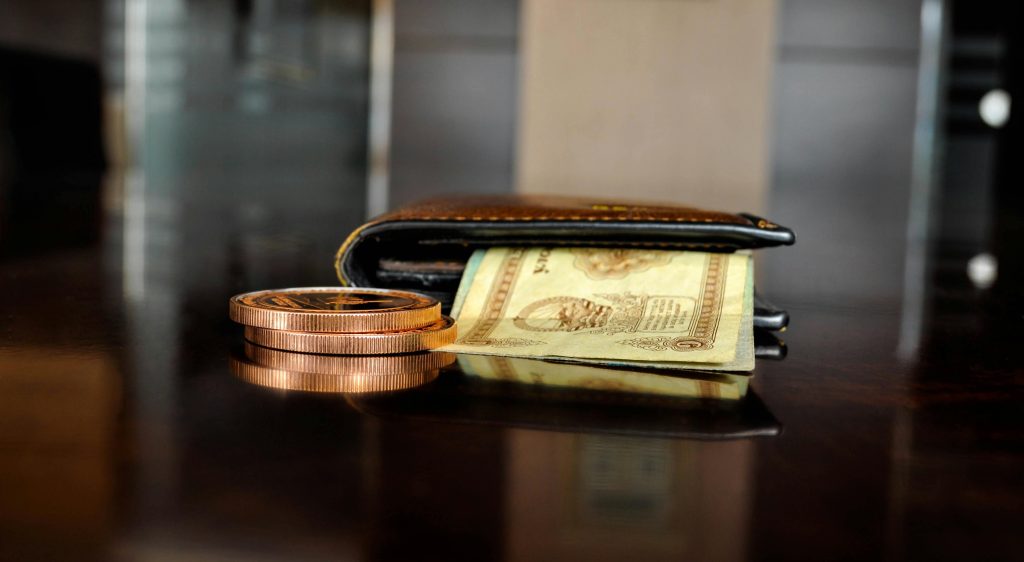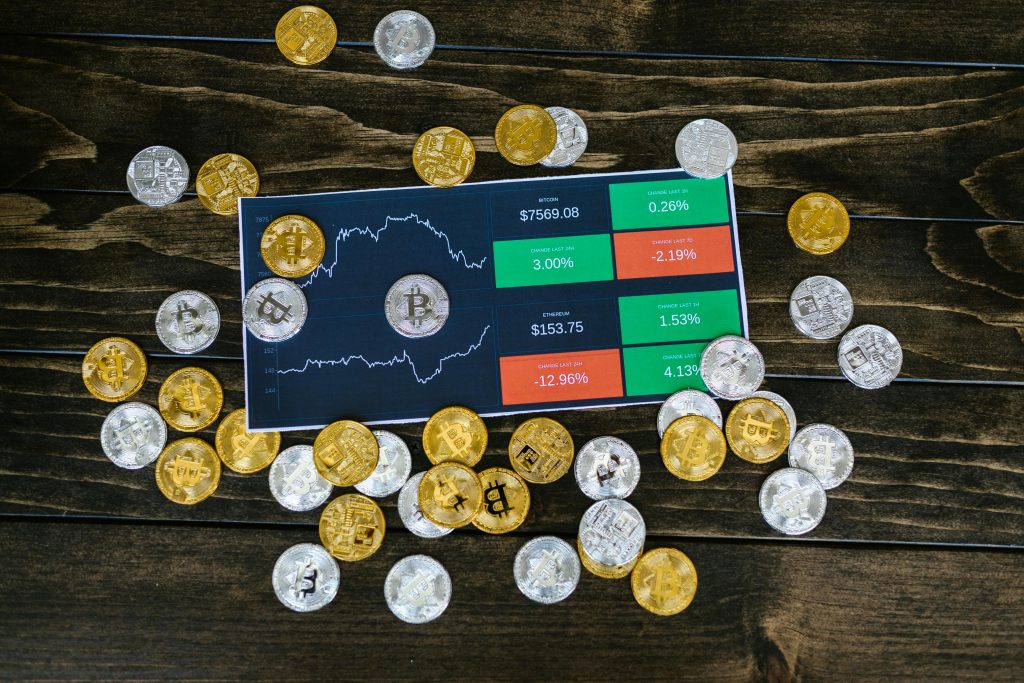
How to Choose the Right Collectibles Investment Strategy
Investing in collectibles can be both financially rewarding and personally fulfilling. Whether it’s rare coins, vintage watches, art, or trading cards, a well-planned strategy ensures that your collection appreciates in value over time. Here’s how to select an investment approach that suits your interests and financial goals.

1. Identify Your Investment Goals
Before diving into collectibles, define your objectives:
- Long-Term Growth: Investing in items that appreciate over decades.
- Short-Term Profit: Buying undervalued items to sell at a higher price.
- Personal Enjoyment: Collecting primarily for passion, with potential resale value.
Your goal will influence the type of collectibles you should focus on.
2. Choose a Niche with Growth Potential
Not all collectibles increase in value. Research market trends and consider:
- Historical Performance: Items that have steadily appreciated over time, such as fine art and classic cars.
- Market Demand: Popular categories like rare sneakers or limited-edition watches.
- Scarcity and Rarity: Items with limited production tend to hold value better.
Select a niche that balances investment potential with personal interest.
3. Learn About Authentication and Valuation
Understanding how to verify authenticity prevents costly mistakes.
- Certification Services: Use professional grading services for items like coins, stamps, or trading cards.
- Expert Appraisals: Get collectibles evaluated by specialists before purchasing.
- Market Comparisons: Check recent auction sales and historical price trends.
Knowing an item’s real worth protects you from overpaying.
4. Consider Storage and Maintenance Costs
Some collectibles require proper care to retain their value:
- Climate-Controlled Storage: Essential for artwork, wine, or vintage paper goods.
- Insurance Protection: Covers loss, theft, or damage.
- Regular Maintenance: Necessary for items like luxury watches and classic cars.
Factor in these costs when calculating potential returns.
5. Diversify Your Collection
Avoid putting all your money into one type of collectible.
- Mix Different Categories: Consider a blend of art, vintage toys, or sports memorabilia.
- Vary Time Horizons: Some assets appreciate quickly, while others take decades.
- Balance Passion and Profit: Invest in items you love but ensure they have resale potential.
A diversified approach reduces financial risk.
6. Stay Updated on Market Trends
The collectibles market evolves, so continuous learning is key:
- Follow Industry News: Track auction results and expert analyses.
- Join Collector Communities: Network with experienced investors.
- Monitor Economic Trends: Economic downturns may affect the value of luxury collectibles.
Staying informed helps you make smart investment decisions.

Investing in collectibles combines financial strategy with personal passion. By choosing the right niche, ensuring authenticity, and planning for maintenance, you can build a valuable collection that stands the test of time.




